Home>Furniture & Design>Interior Design Trends>How Big Do Glass Catfish Get
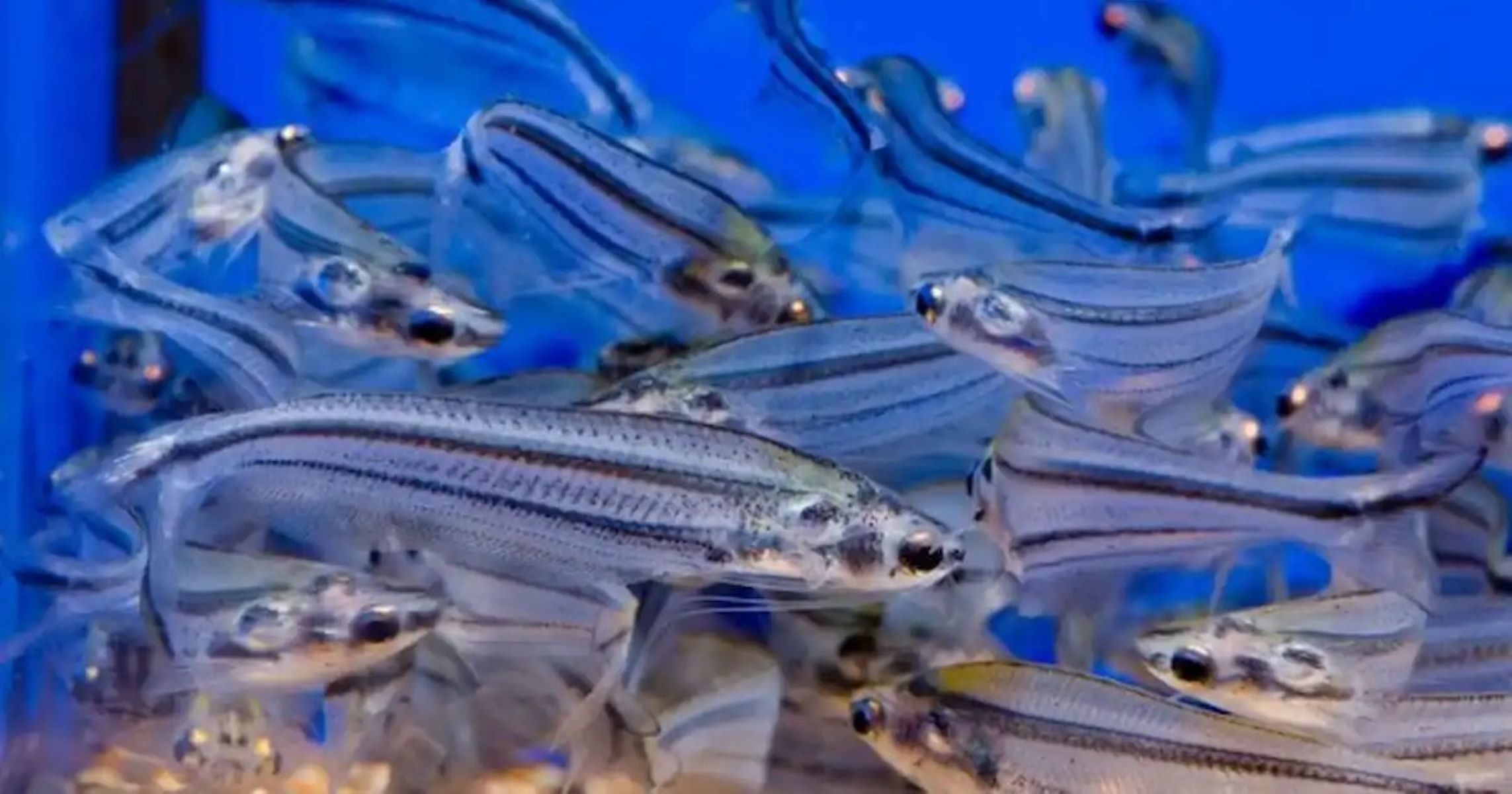

Interior Design Trends
How Big Do Glass Catfish Get
Published: February 6, 2024
Discover the latest interior design trends and learn about the ideal size of glass catfish. Find out how big glass catfish get and how to incorporate them into your home decor. Explore interior design ideas and catfish care tips!
(Many of the links in this article redirect to a specific reviewed product. Your purchase of these products through affiliate links helps to generate commission for Storables.com, at no extra cost. Learn more)
Introduction
Glass catfish, scientifically known as Kryptopterus vitreolus, are captivating and unique freshwater aquarium fish that have gained popularity among aquarists for their transparent appearance and peaceful nature. These remarkable creatures, native to the river basins of Southeast Asia, are cherished for their ethereal beauty and graceful presence in home aquariums.
The glass catfish, as its name suggests, possesses a translucent body that allows for a mesmerizing view of its internal organs, making it a fascinating addition to any aquatic environment. Their delicate, see-through bodies create a stunning visual effect as they gracefully glide through the water, captivating the attention of onlookers.
In addition to their striking appearance, glass catfish are known for their peaceful demeanor, making them an ideal choice for community aquariums. Their gentle nature allows them to coexist harmoniously with a variety of other fish species, contributing to the overall tranquility of the aquatic ecosystem.
As captivating as they are, glass catfish also present a unique challenge to aquarists due to their sensitivity to water conditions and specific care requirements. Understanding the factors that influence the growth and size of these delicate creatures is essential for providing them with a thriving environment in captivity.
In this comprehensive guide, we will delve into the physical characteristics of glass catfish, explore their growth rate, discuss the factors that affect their size, and provide valuable tips for maintaining these captivating fish at an optimal size in a home aquarium. By gaining a deeper understanding of these aspects, aquarists can ensure the well-being and longevity of their glass catfish while appreciating the beauty they bring to their aquatic habitats.
Key Takeaways:
- Glass catfish are captivating, transparent freshwater fish from Southeast Asia, reaching 3-4 inches in a well-maintained aquarium. Their delicate nature and graceful presence make them ideal for community tanks.
- To keep glass catfish thriving, provide a spacious, well-structured aquarium with pristine water conditions, a varied diet, and minimal stress factors. Observing and appreciating their individual traits contributes to their well-being.
Read more: How Big Do Patio Tomatoes Get
Physical Characteristics of Glass Catfish
Glass catfish, scientifically known as Kryptopterus vitreolus, are renowned for their unique and captivating physical attributes. These remarkable freshwater fish are characterized by their transparent bodies, which allow for a mesmerizing view of their internal anatomy. Their delicate, see-through appearance creates a stunning visual effect as they gracefully navigate through the water, captivating the attention of onlookers.
The most striking feature of glass catfish is their translucent body, which sets them apart from other fish species. Their transparent skin provides a clear view of their skeletal structure, internal organs, and even the food they have consumed, offering a remarkable glimpse into their inner workings. This distinctive trait makes them a fascinating addition to home aquariums, as they create an otherworldly and ethereal ambiance within aquatic environments.
In addition to their transparent bodies, glass catfish are characterized by their elongated and slender shape, resembling a slender piece of glass as they glide through the water. Their streamlined physique contributes to their graceful and fluid movements, adding to their allure as captivating aquatic inhabitants.
Furthermore, glass catfish exhibit a subtle iridescence, with hints of silver and pale hues shimmering across their translucent bodies when illuminated by aquarium lighting. This iridescent quality enhances their visual appeal, creating a mesmerizing display as they navigate through the water with effortless elegance.
Their fins, though delicate in appearance, are surprisingly resilient and contribute to their graceful swimming abilities. The dorsal and anal fins of glass catfish are elongated, adding to their slender profile and enhancing their overall ethereal presence within the aquarium.
Overall, the physical characteristics of glass catfish, including their transparent bodies, elongated form, subtle iridescence, and graceful fins, make them a truly captivating and unique addition to freshwater aquariums. Their ethereal beauty and delicate presence add a touch of enchantment to aquatic environments, captivating the imagination of aquarists and enthusiasts alike.
Growth Rate of Glass Catfish
The growth rate of glass catfish is a fascinating aspect that captivates the curiosity of aquarists and enthusiasts. Understanding the factors that influence the growth and development of these captivating creatures is essential for providing them with optimal care in a home aquarium setting.
Glass catfish typically exhibit a moderate growth rate, with their size increasing gradually over time. When introduced to a suitable environment with favorable water conditions, appropriate nutrition, and adequate space, glass catfish can thrive and achieve their full potential size.
In an ideal aquatic habitat, glass catfish can reach a size of approximately 3 to 4 inches (7.6 to 10.2 centimeters) in length, making them a relatively small to medium-sized species within the aquarium community. Their slender and elongated bodies contribute to their graceful appearance, and as they grow, their transparent nature allows for a captivating view of their internal anatomy, adding to their allure as aquatic inhabitants.
The growth rate of glass catfish is influenced by various factors, including water quality, diet, tank size, and environmental stability. Maintaining pristine water conditions, including proper pH levels, temperature, and filtration, is crucial for supporting the healthy growth and development of these delicate creatures. Additionally, providing a well-balanced diet consisting of high-quality flake food, freeze-dried bloodworms, and other protein-rich offerings contributes to their overall well-being and growth.
Furthermore, the size of the aquarium plays a significant role in the growth rate of glass catfish. Providing ample space and a well-structured aquatic environment allows these fish to thrive and reach their optimal size. A spacious tank with appropriate hiding spots and vegetation creates a comfortable and stimulating habitat for glass catfish, promoting their natural behaviors and contributing to their overall growth and development.
It is important to note that the growth rate of glass catfish can vary based on individual genetics, environmental conditions, and overall care provided. By maintaining a conducive and nurturing environment, aquarists can support the healthy growth and development of these captivating creatures, allowing them to flourish and showcase their unique transparent beauty within the confines of a well-maintained aquarium.
In essence, the growth rate of glass catfish is a dynamic and intriguing aspect that reflects the delicate balance between environmental factors and attentive care, ultimately contributing to the thriving presence of these captivating fish within home aquariums.
Glass catfish can grow up to 3 inches in length. It’s important to provide them with a spacious tank to accommodate their size and keep them healthy.
Factors Affecting the Size of Glass Catfish
The size of glass catfish, like that of many aquatic species, is influenced by a myriad of factors that collectively contribute to their growth and development within a home aquarium environment. Understanding these factors is essential for providing optimal care and ensuring the well-being of these captivating creatures.
-
Water Quality: Pristine water conditions play a pivotal role in determining the size of glass catfish. Maintaining appropriate pH levels, temperature, and water parameters is crucial for supporting their overall health and growth. Clean and well-oxygenated water promotes efficient respiration and metabolic functions, allowing glass catfish to thrive and reach their optimal size.
-
Diet and Nutrition: The dietary intake of glass catfish significantly impacts their growth and size. Providing a well-balanced diet consisting of high-quality flake food, freeze-dried bloodworms, and other protein-rich offerings is essential for meeting their nutritional needs. A varied and nutritious diet supports healthy development and contributes to the attainment of their full potential size.
-
Tank Size and Environment: The size of the aquarium and the overall aquatic environment directly influence the size of glass catfish. Providing a spacious tank with ample swimming room and suitable hiding spots allows these fish to exhibit natural behaviors and thrive. A well-structured aquatic environment, complete with live plants and appropriate decor, creates a stimulating and comfortable habitat that promotes their growth and well-being.
-
Genetics and Individual Variability: Genetic factors and individual variability also play a role in determining the size of glass catfish. While they generally exhibit a moderate growth rate, variations in genetics and inherent traits can influence the ultimate size that each fish attains. Understanding and appreciating the unique characteristics of individual glass catfish contributes to their overall care and well-being within a home aquarium setting.
-
Stress and Environmental Stability: Minimizing stress and ensuring environmental stability are crucial for supporting the size and growth of glass catfish. Sudden fluctuations in water parameters, overcrowding, or aggressive tank mates can induce stress and hinder their development. Maintaining a harmonious and stable aquatic environment fosters a conducive atmosphere for these delicate creatures to thrive and reach their optimal size.
In essence, the size of glass catfish is intricately linked to a combination of environmental, dietary, genetic, and stability factors. By attentively addressing these influences and providing a nurturing and conducive habitat, aquarists can support the healthy growth and development of these captivating creatures, allowing them to showcase their transparent beauty and graceful presence within home aquariums.
Tips for Keeping Glass Catfish at an Optimal Size
Maintaining glass catfish at an optimal size requires a thoughtful and attentive approach to their care within a home aquarium setting. By considering various factors that influence their growth and well-being, aquarists can ensure that these captivating creatures thrive and achieve their full potential size.
-
Provide a Spacious Environment: Offering a generously sized aquarium with ample swimming room is essential for supporting the optimal growth of glass catfish. A spacious environment allows them to exhibit natural behaviors and ensures that they have sufficient space to navigate and thrive.
-
Maintain Pristine Water Conditions: Regular monitoring and maintenance of water quality are crucial for the well-being of glass catfish. Maintaining appropriate pH levels, temperature, and water parameters, along with effective filtration and regular water changes, promotes a healthy aquatic environment that supports their growth and development.
-
Offer a Varied and Nutritious Diet: Providing a well-balanced diet consisting of high-quality flake food, freeze-dried bloodworms, and other protein-rich offerings is essential for meeting the nutritional needs of glass catfish. A varied and nutritious diet supports their overall health and contributes to their optimal growth within the aquarium.
-
Create a Stimulating Habitat: Incorporating live plants, suitable hiding spots, and natural decor within the aquarium creates a stimulating and comfortable habitat for glass catfish. A well-structured environment allows them to exhibit natural behaviors, reduces stress, and promotes their overall well-being, contributing to their optimal size.
-
Minimize Stress Factors: Minimizing stressors within the aquarium environment is crucial for supporting the optimal size of glass catfish. Avoiding sudden fluctuations in water parameters, overcrowding, and aggressive tank mates helps create a harmonious and stable habitat that fosters their growth and development.
-
Observe and Appreciate Individual Traits: Each glass catfish has unique characteristics and behaviors. Observing and appreciating the individual traits of these captivating creatures allows aquarists to tailor their care to meet specific needs, contributing to their overall well-being and optimal size.
By implementing these tips and maintaining a nurturing and conducive environment, aquarists can support the healthy growth and development of glass catfish, allowing them to showcase their transparent beauty and graceful presence within home aquariums.
Frequently Asked Questions about How Big Do Glass Catfish Get
Was this page helpful?
At Storables.com, we guarantee accurate and reliable information. Our content, validated by Expert Board Contributors, is crafted following stringent Editorial Policies. We're committed to providing you with well-researched, expert-backed insights for all your informational needs.

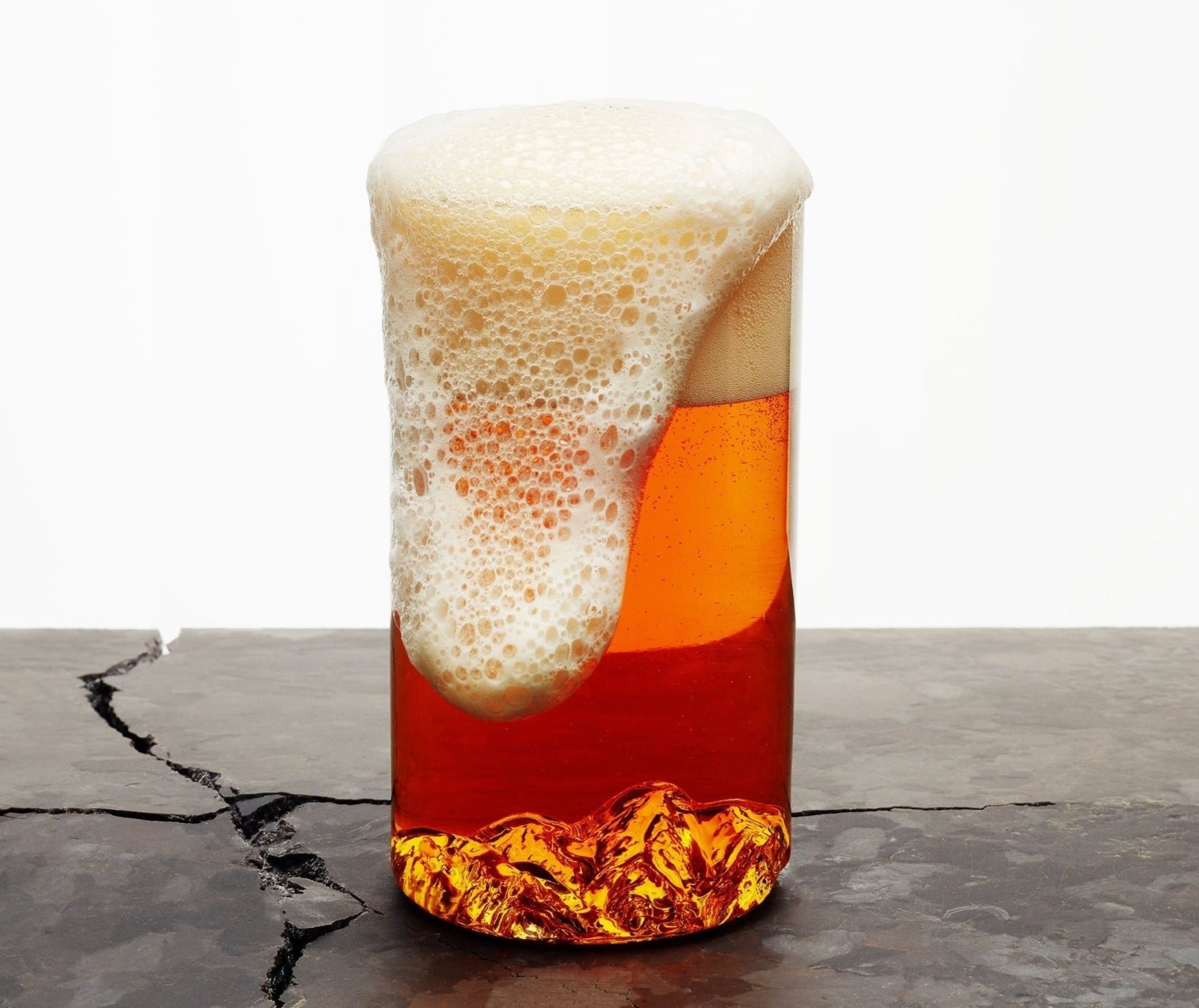






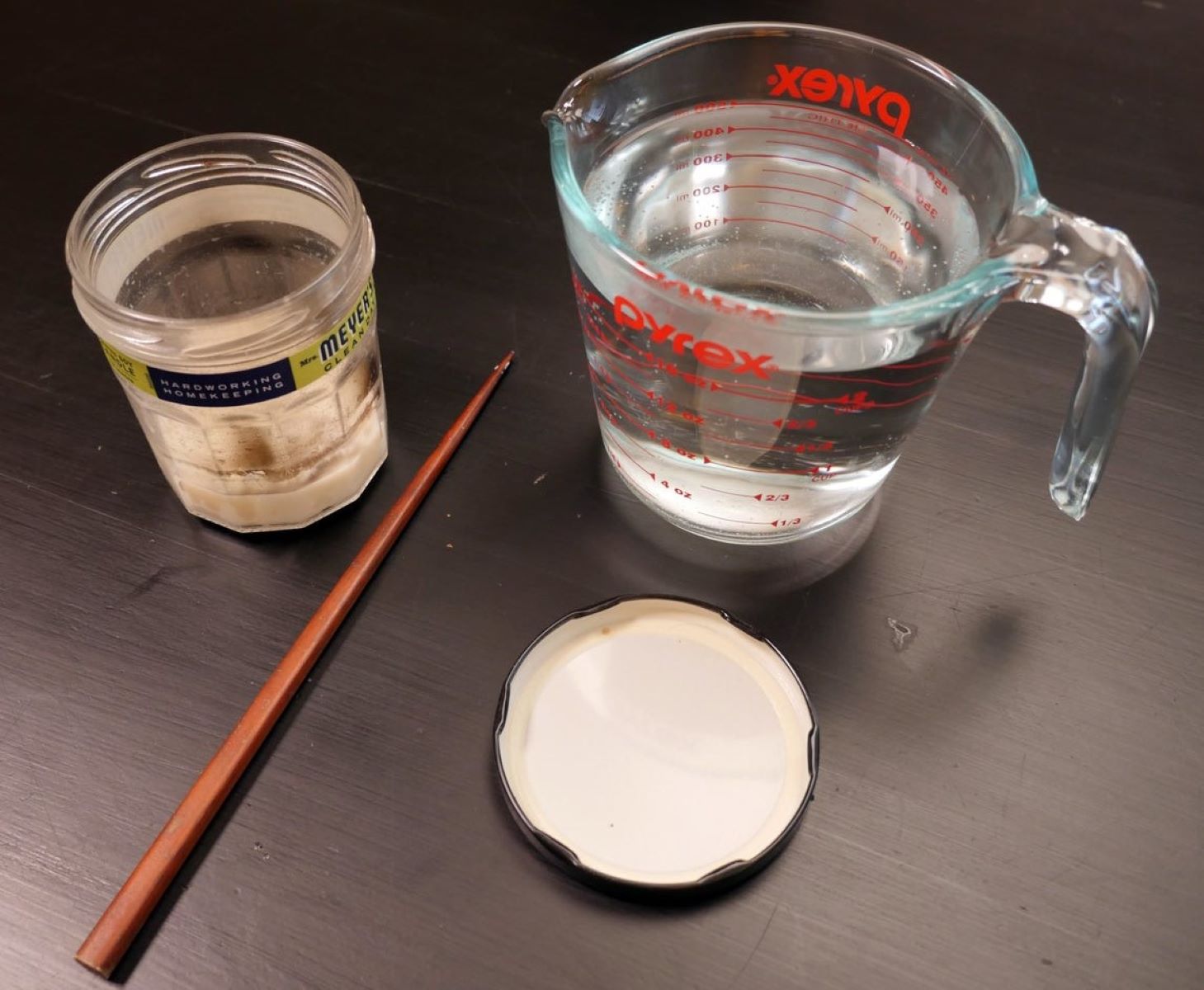

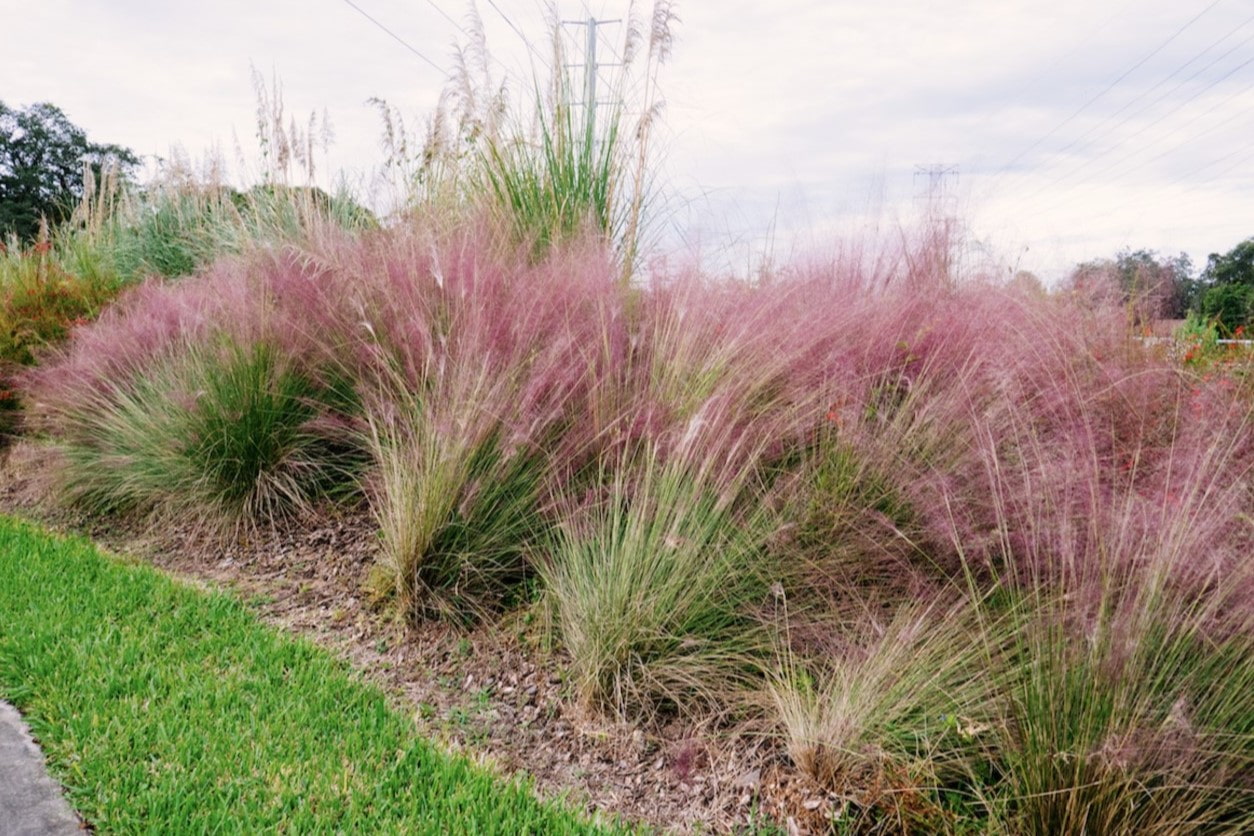
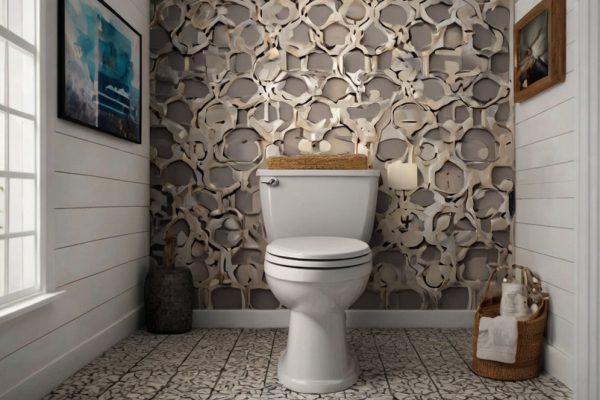




0 thoughts on “How Big Do Glass Catfish Get”